TPO - Hang Kenh Communal House, the statue of General Le Chan, Hang Pagoda... are among the prominent historical relic system of Hai Phong city. Among these, Hang Kenh communal house retains its unique and valuable architectural and cultural features.
TPO - Hang Kenh Communal House, the statue of General Le Chan, Hang Pagoda... are among the prominent historical relic system of Hai Phong city. Among these, Hang Kenh communal house retains its unique and valuable architectural and cultural features.

The system of communal houses and pagodas stands out in the city. Hai Phong
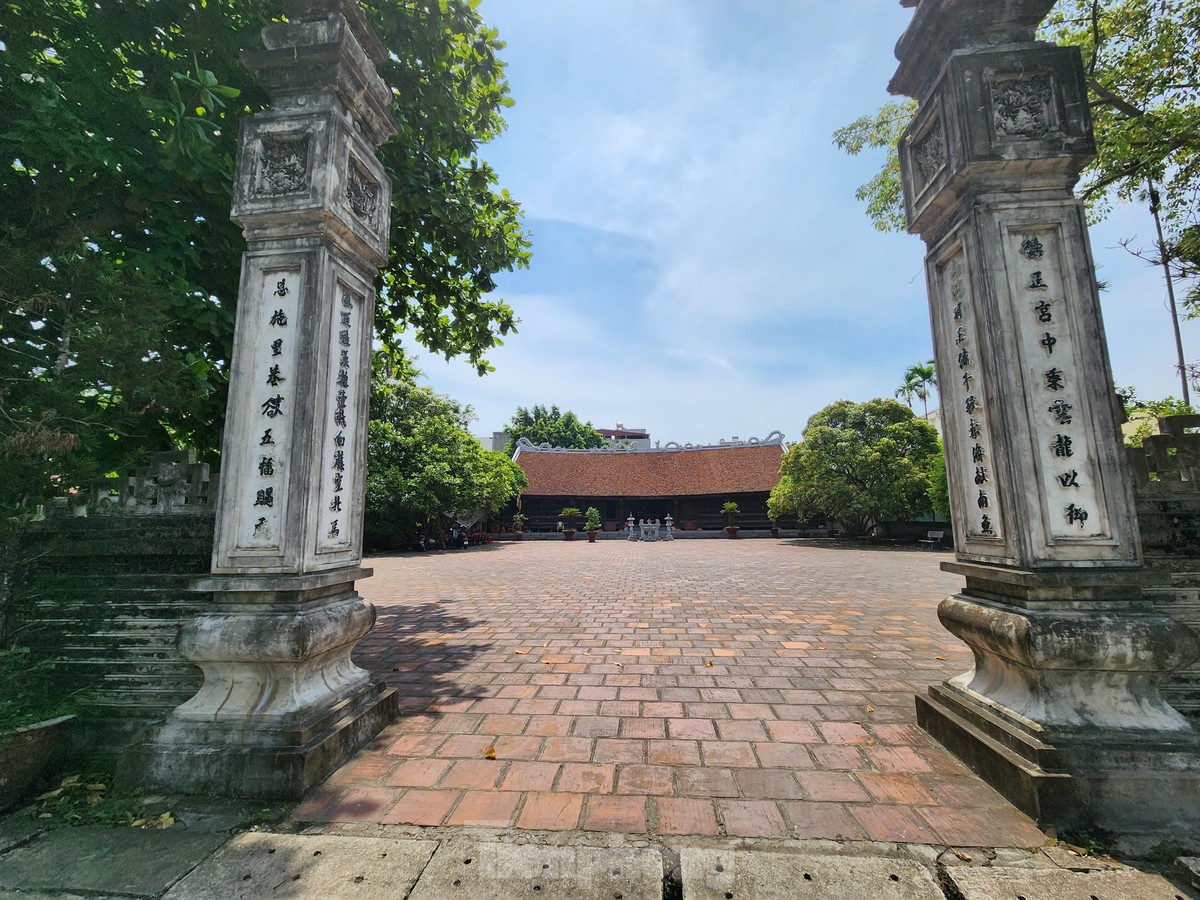
Hang Kenh Communal House is located on Nguyen Cong Tru Street (Hang Kenh Ward, Le Chan District, Hai Phong City). According to recorded documents, the communal house was built at the end of the seventeenth century. Hang Kenh Communal House was built according to the traditional architectural layout: the great communal house, the concourse and the harem. In addition to the main architecture, there are also two dance halls, a temple of literature, and a semicircular lake.
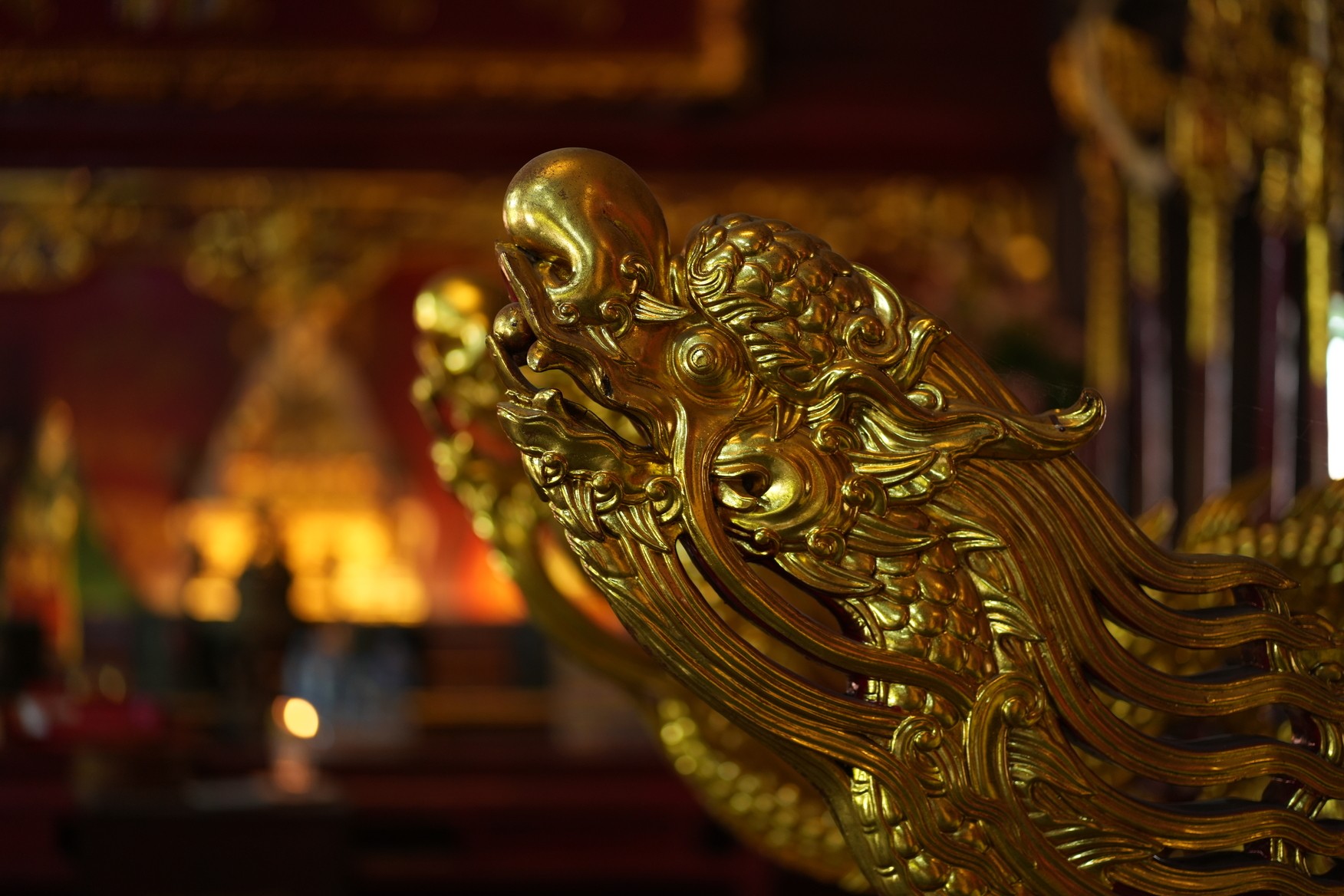
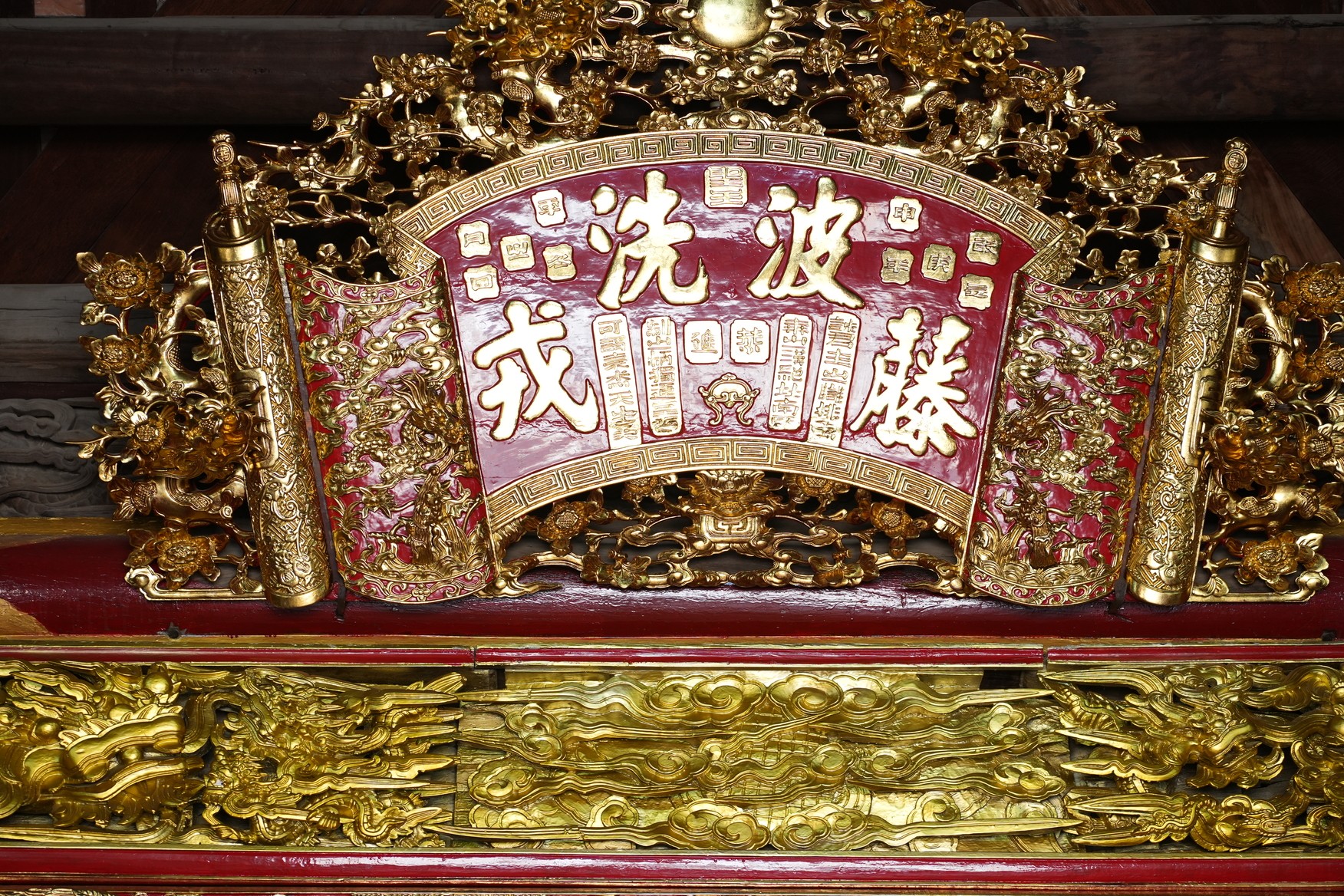
Hang Kenh Communal House was originally built to worship the village lord, later restored and embellished by King Tu Duc, and was dedicated to the worship of "the Trung Ancestor" Ngo Quyen - who was instrumental in defeating the Southern Han army on the Bach Dang river in 938, opening an era of long-term independence and self-reliance for the Vietnamese people.
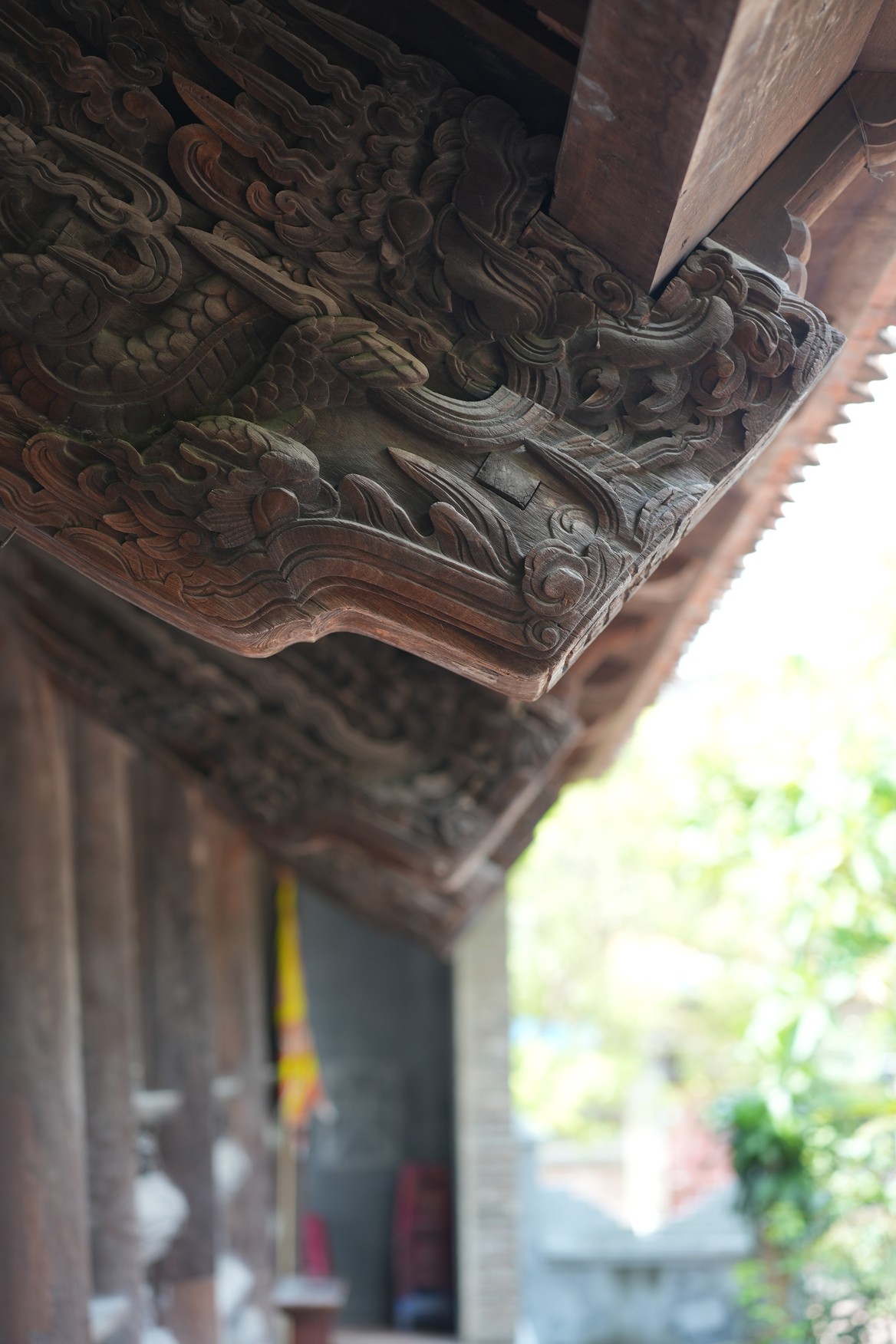
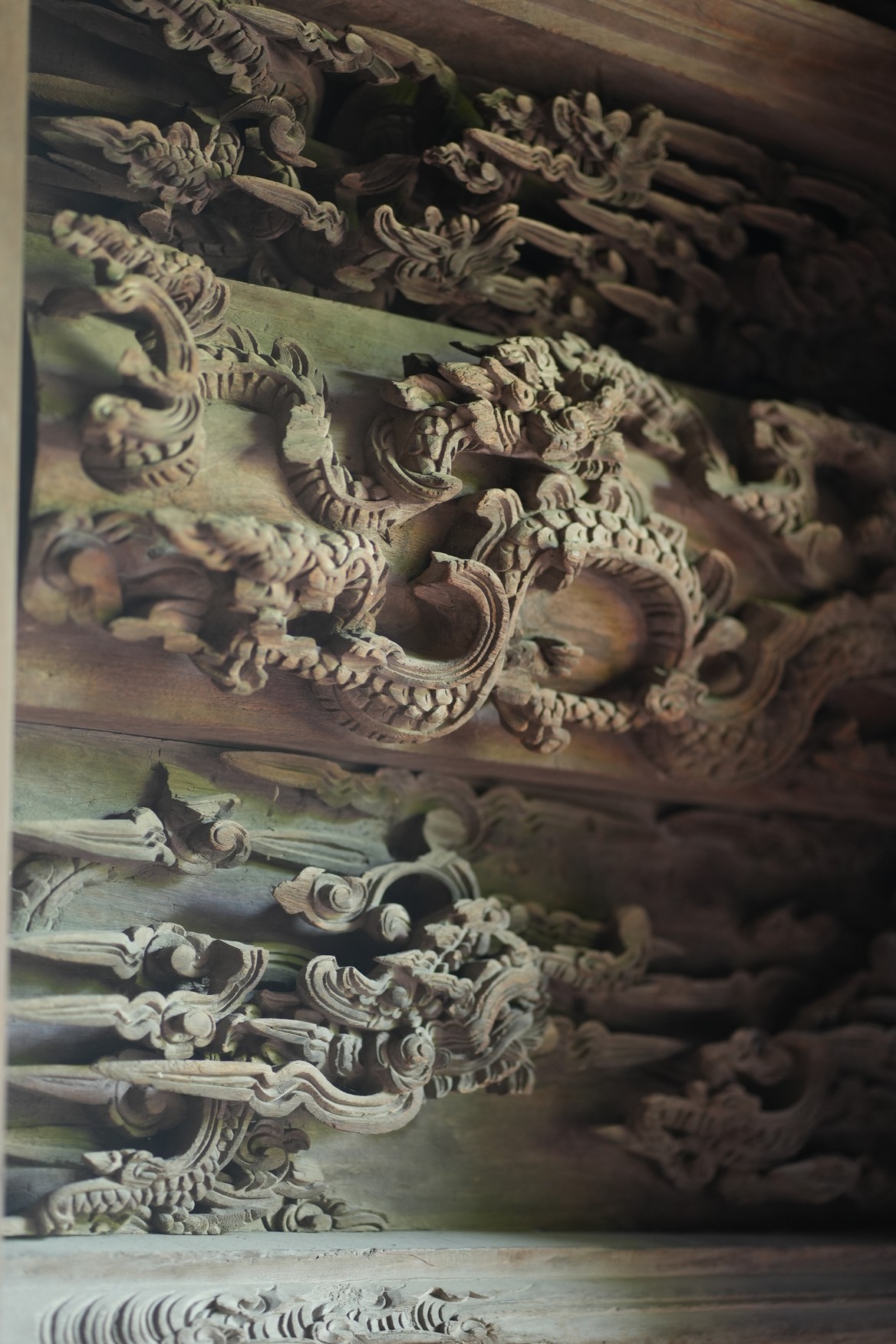
The great communal house is the most important architectural part of the communal house, with a superficial scale of 7 compartments, roofed with tiled roofs, and curved head. The unique and unique feature of the great hall is the elaborate and sophisticated decorative carvings such as carving, emboss, and perforation on the beams, columns, first sentence, seven verandas, culverts, etc., creating a multi-layered, multi-layered space, a lively sculptural world with various themes such as dragons, clouds, flowers, unicorns, phoenixes...
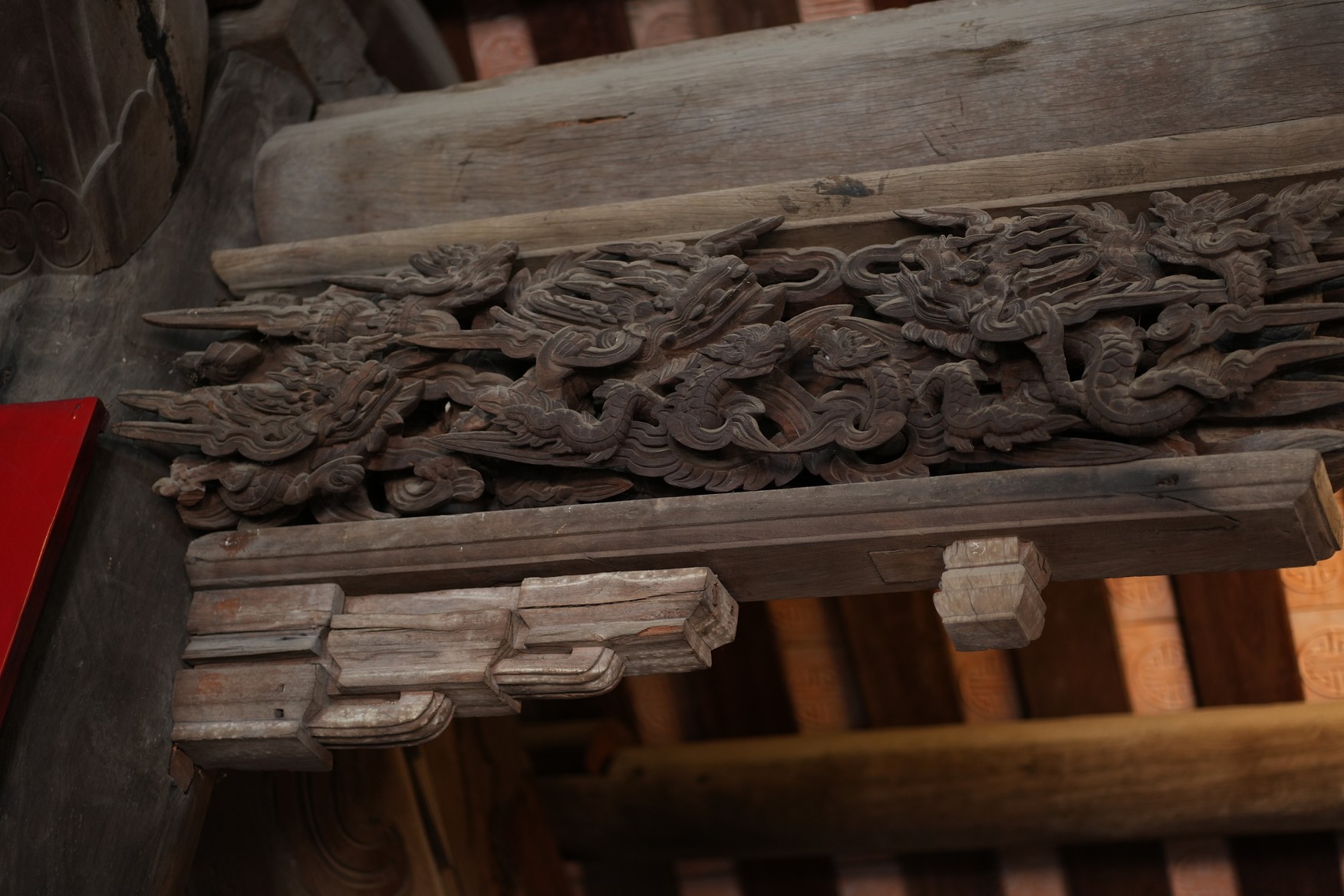
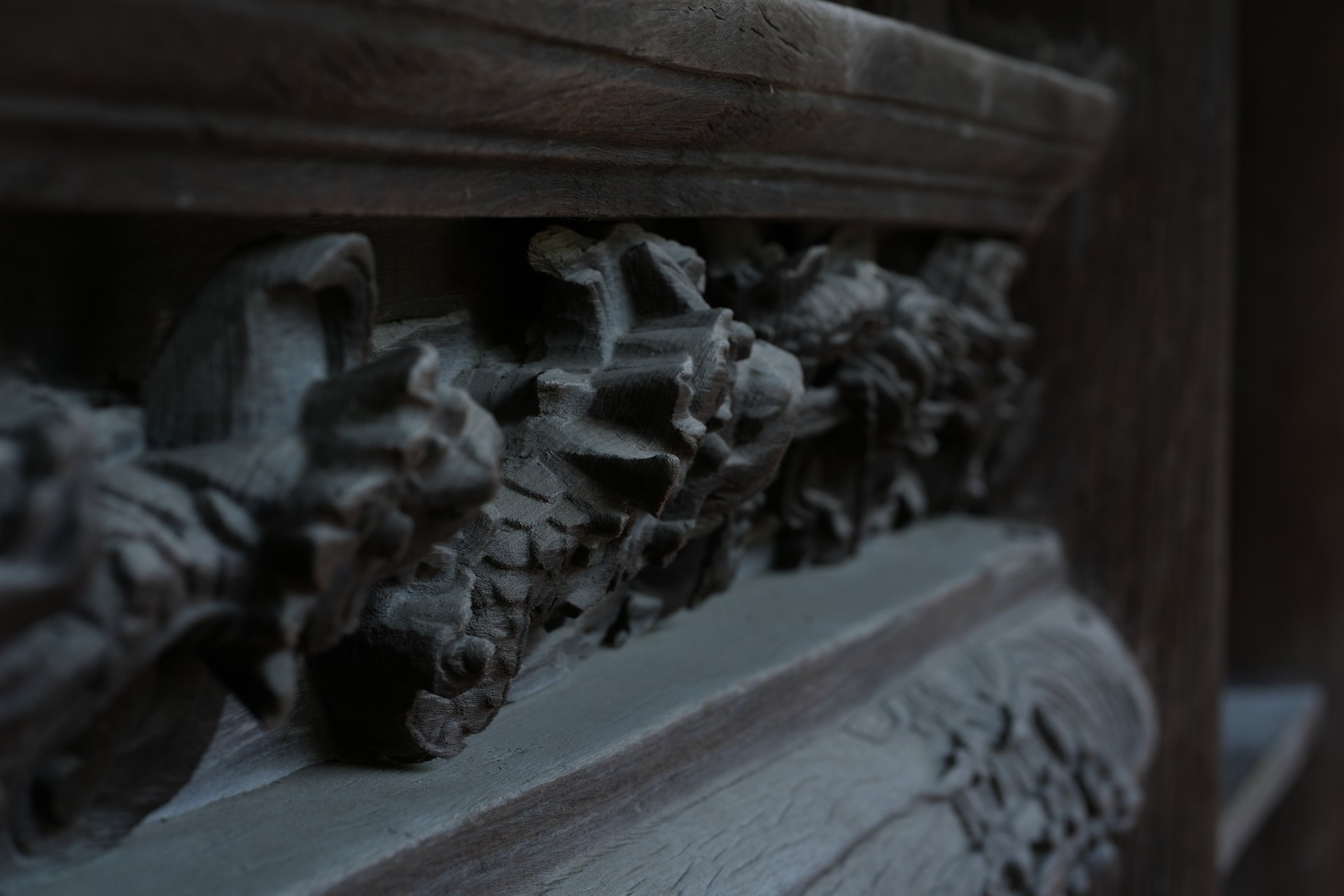
On the porch, on the boards, under the bars, there are more than 100 stylized dragons, clouds, flowers and leaves. Both inside and outside Hang Kenh communal house, there are 268 delicately carved networks.
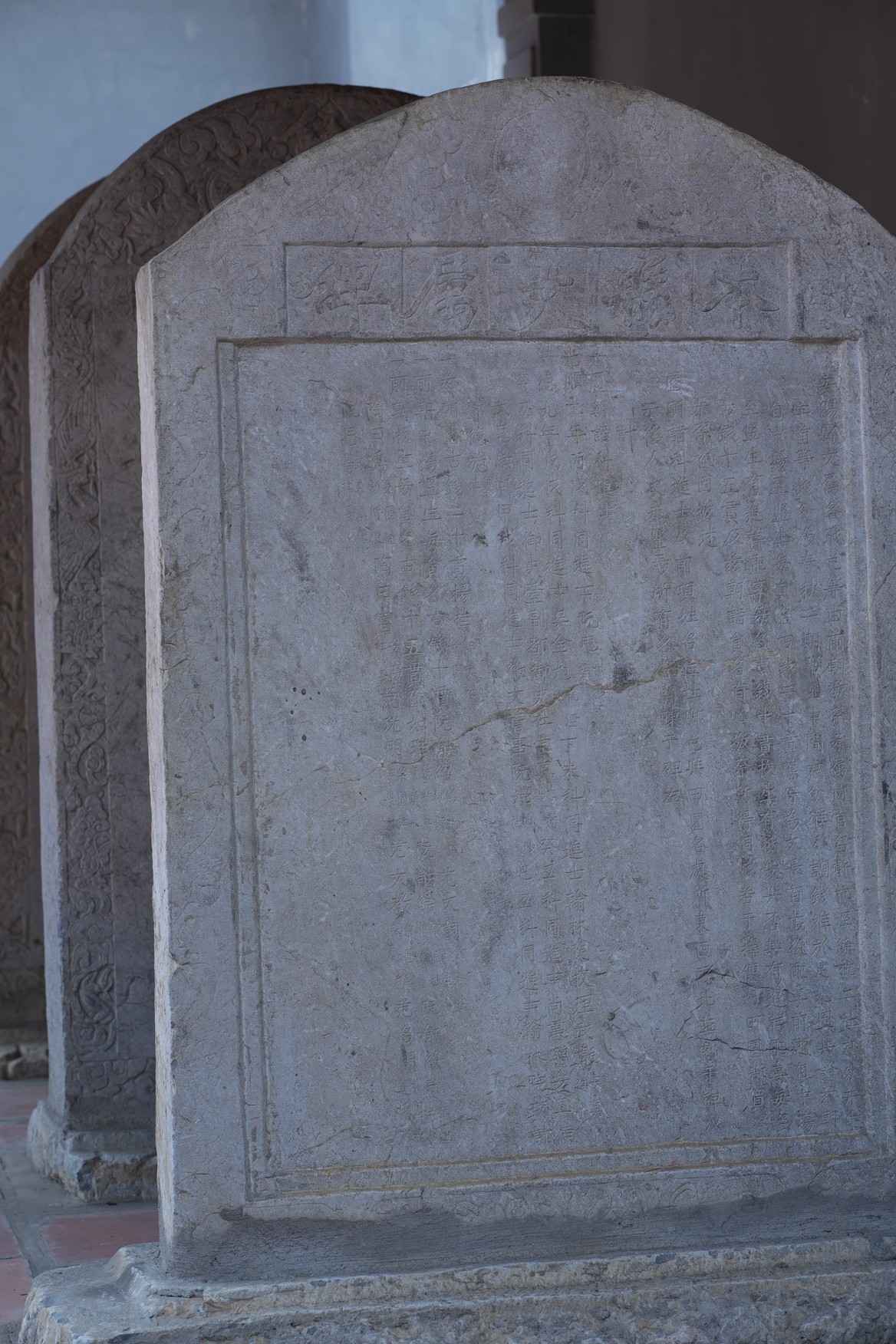
Hang Kenh Communal House not only has great value in terms of architectural art and sculpture, but also preserves the rare form of floorboards on the boat bed, making Hang Kenh communal house a unique cultural heritage in Vietnamese communal houses. Hang Kenh Communal House is a special and typical relic of Hai Phong city, ranked as a national relic by the State since 1962.
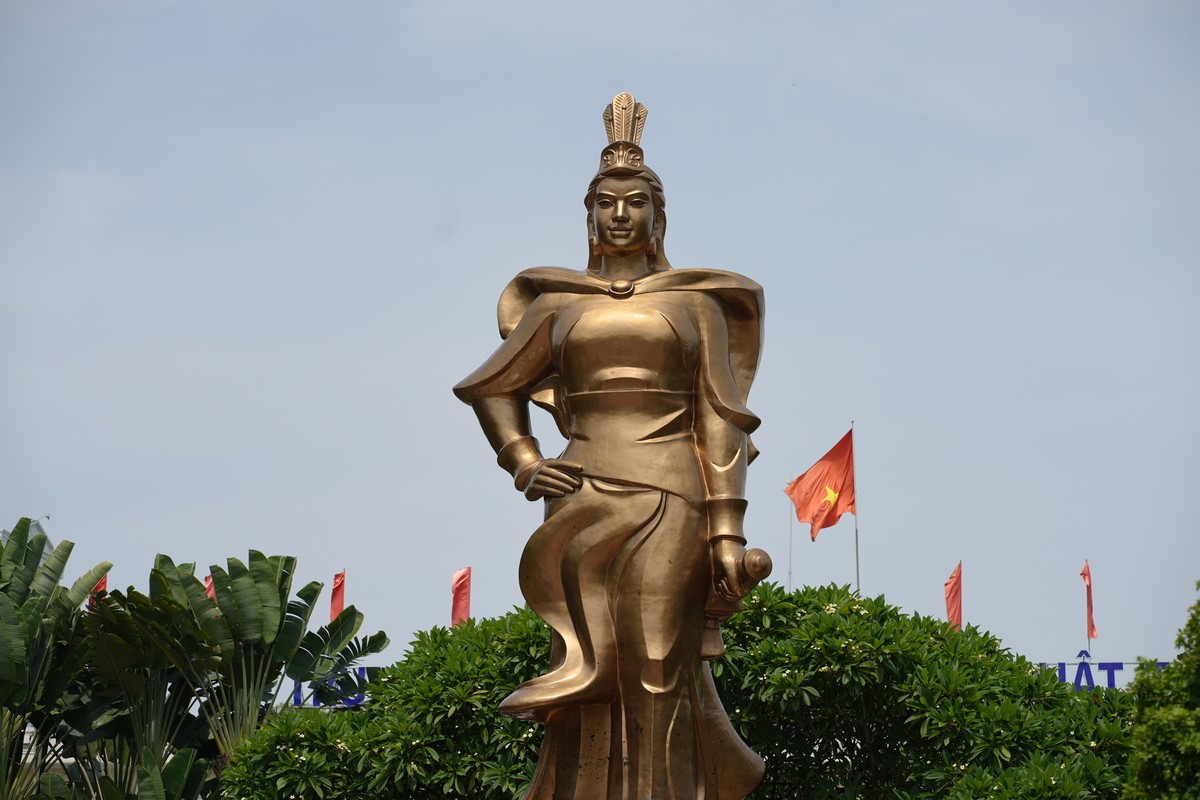
The statue of General Le Chan is placed in front of the City Art and Exhibition Center. This is one of the symbols of Hai Phong city for many years. The monument was erected to honor female General Le Chan - who was instrumental in building An Bien page, the port city of Hai Phong today. The monument was started construction on November 30, 1999, inaugurated on December 31, 2000. After completion, the statue is 7.5 m high and weighs 19 tons.
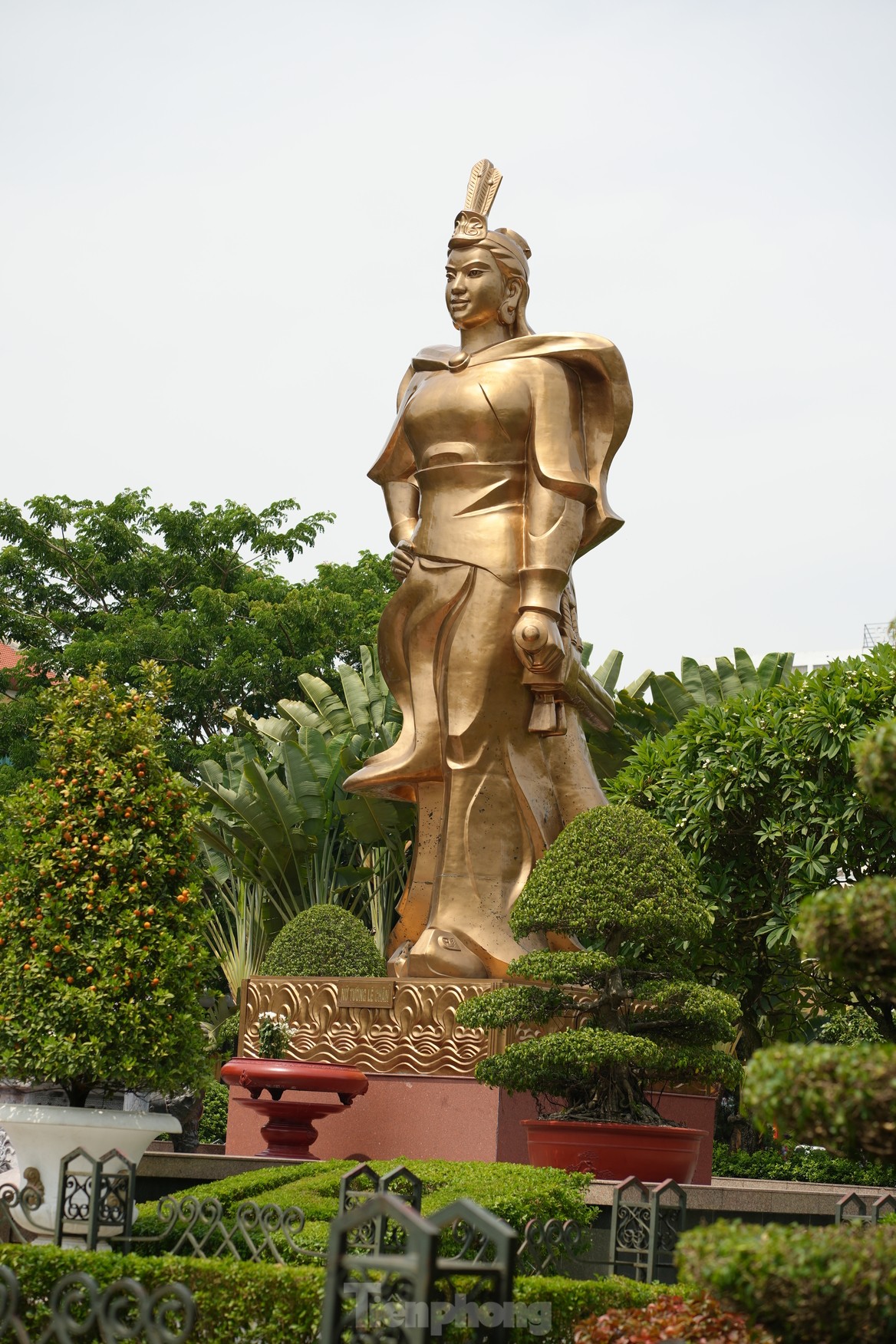
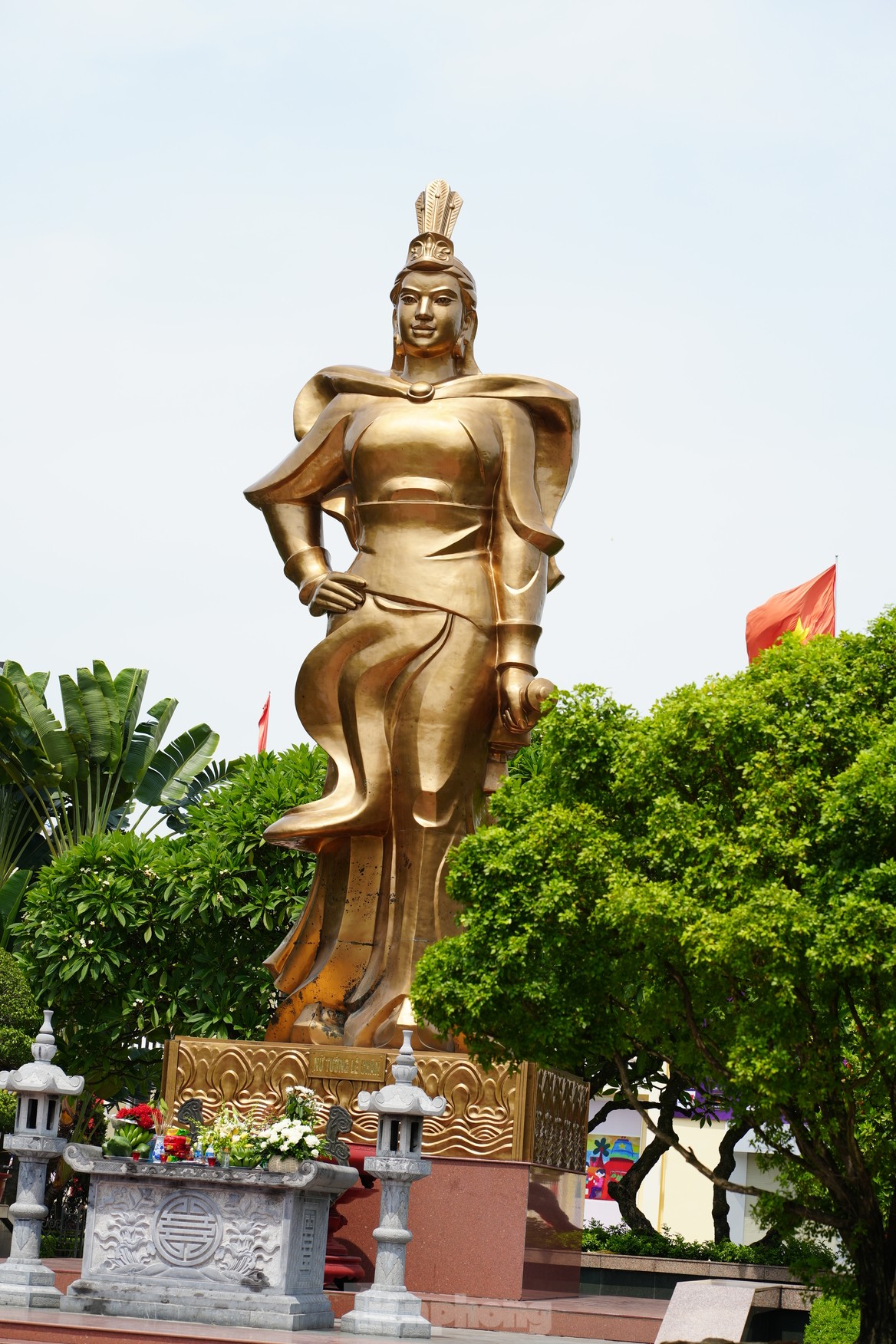
Le Chan was originally from An Bien village, Dong Trieu district, Kinh Mon district, Hai Duong province. When Hai Ba Trung rebelled, Le Chan and the insurgent army achieved many resounding victories. Later, Ma Vien brought more forces to attack, the insurgents could not preserve their forces, she had to commit suicide to preserve her honor. After her death, the people of An Bien (present-day An Bien ward, Le Chan district) built a temple in Dong Ma (now Nghe temple area).
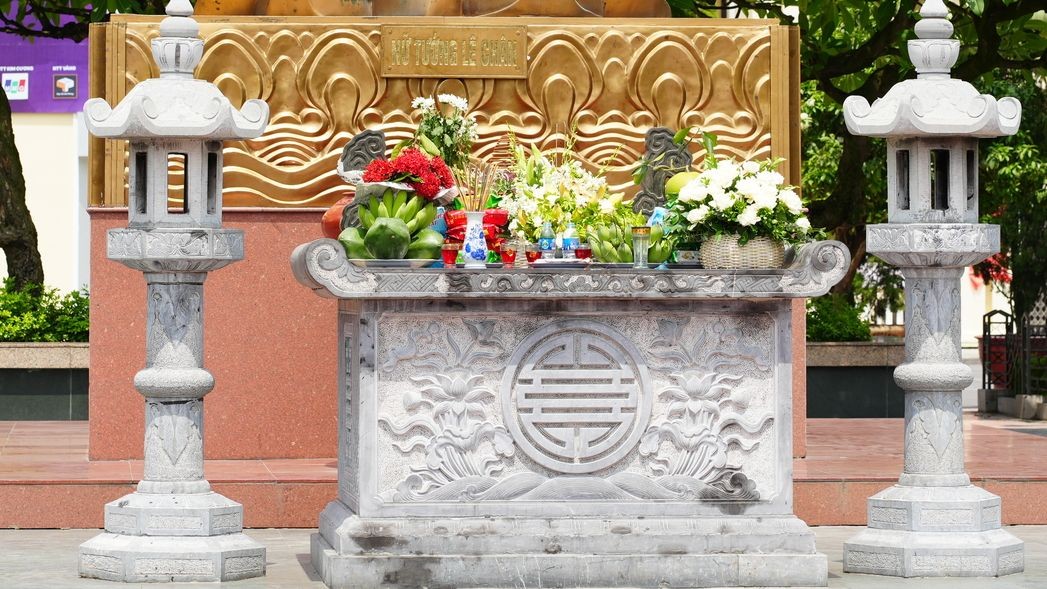
During the reign of King Tran Anh Tong, she was crowned Citadel of An Bien commune, An Duong district. Every year, on the 8th day of February (December 25th, August 15th birthday), An Bien people eagerly come to Nghe Temple to celebrate the memory of the female general.
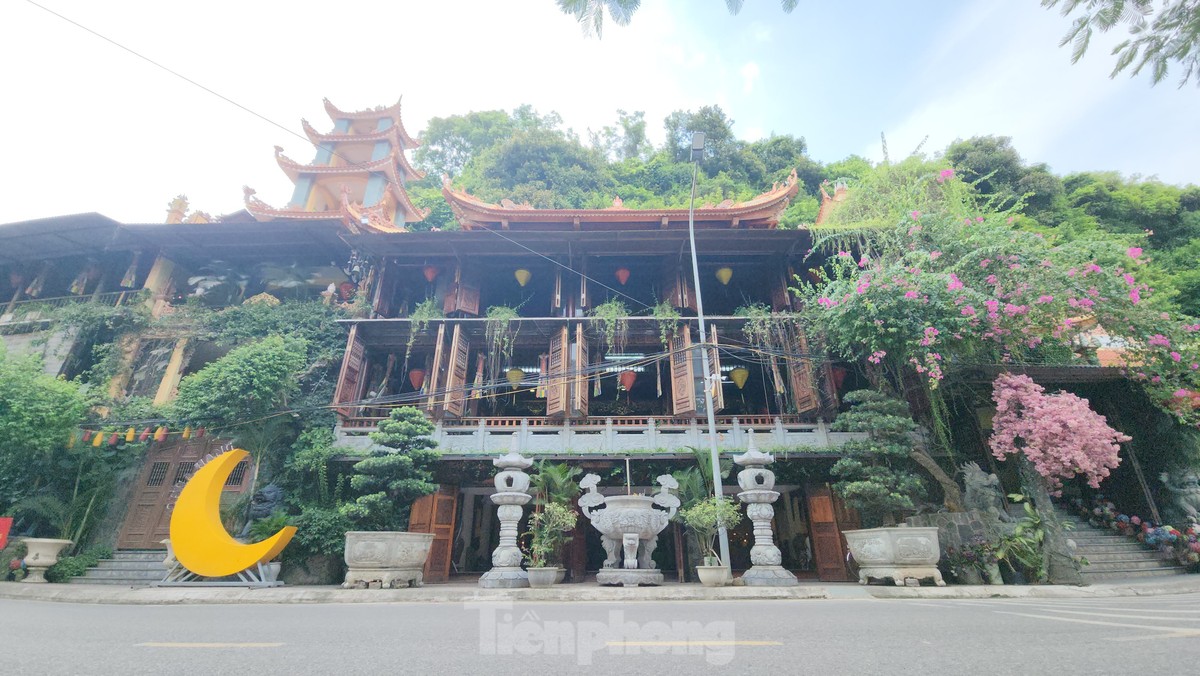
Hang Pagoda, also known as Coc Tu (zone 1, Van Son ward, Do Son district, Hai Phong city) is considered the largest natural temple in the Do Son historical relic area. This is considered the first place where Buddhism was introduced to Vietnam. True to the name of the pagoda, the ancestors took a rock cave on Van Tac mountain to set up a place to practice. The pagoda is located in the heart of a rock cave along the mountainside 35m high, 7m wide and divided into two steps inside - outside. In general, the pagoda has a trapezoidal structure, going straight into the mountain with a length of about 25m.
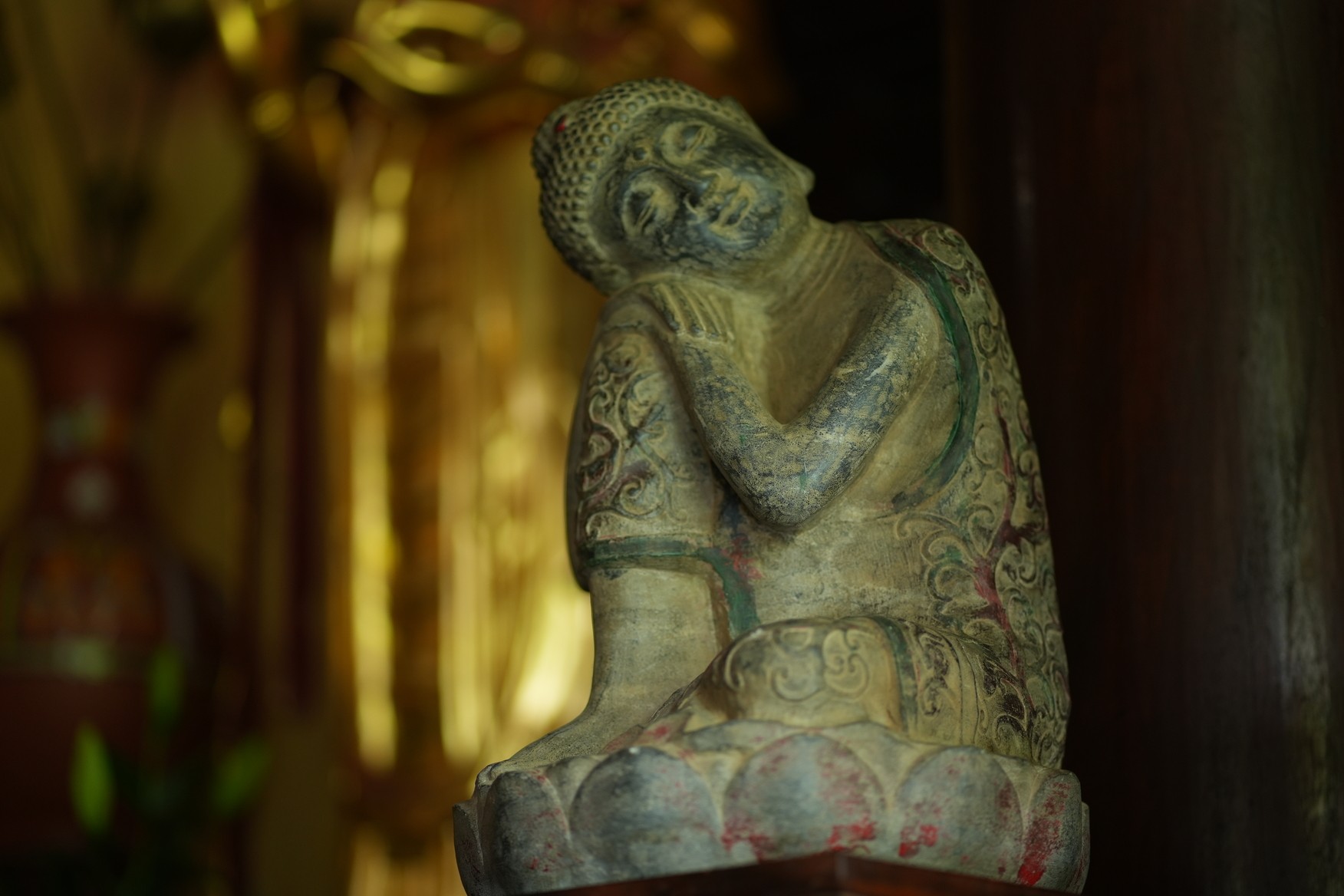
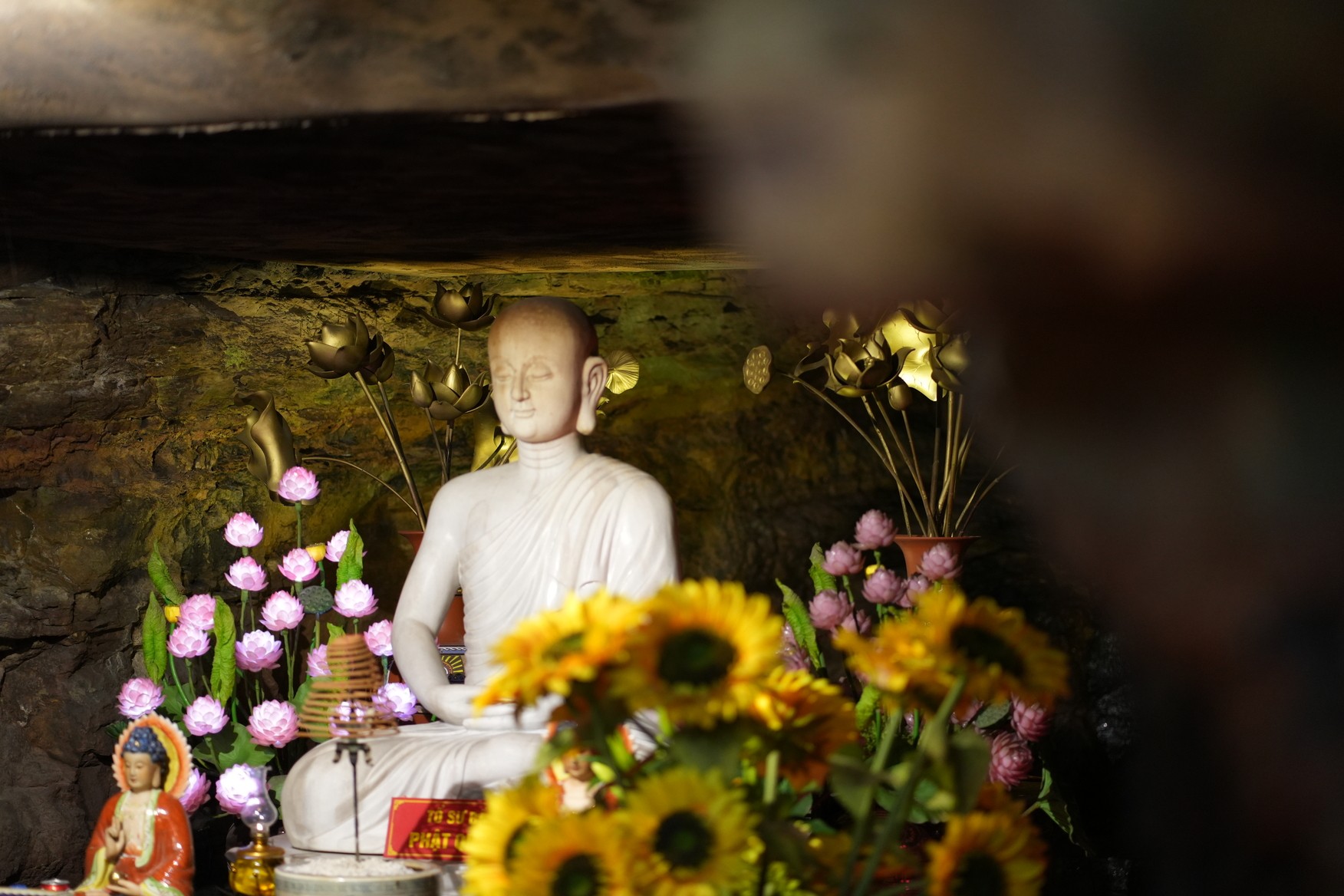
According to legend, a monk named Ban, a native of Thien Truc who traveled by boat to spread Buddhism, came to reside in the cave and opened this pagoda. Many domestic researchers believe that this is the first place where Buddhism was introduced into our country.
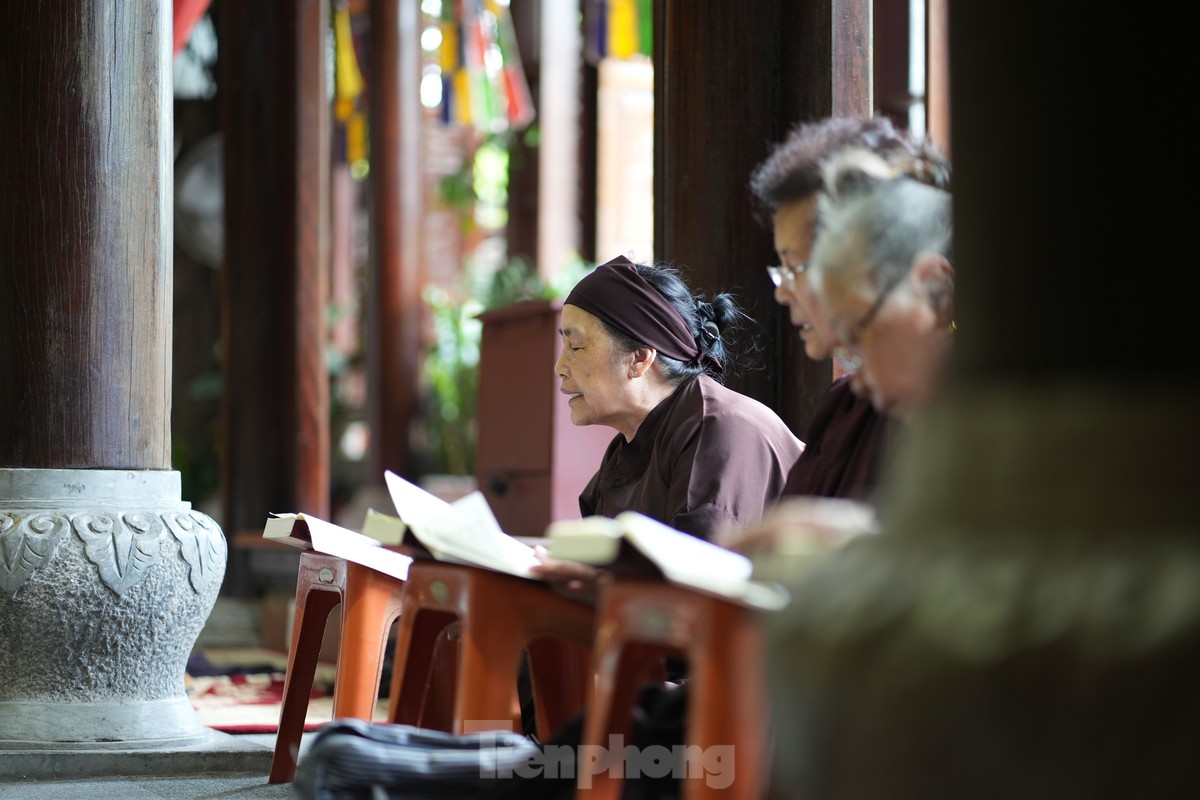
Hang Pagoda is an interesting destination to learn about Buddhist history and national beliefs. Therefore, here there are always many tourists and Buddhists coming to visit and worship.
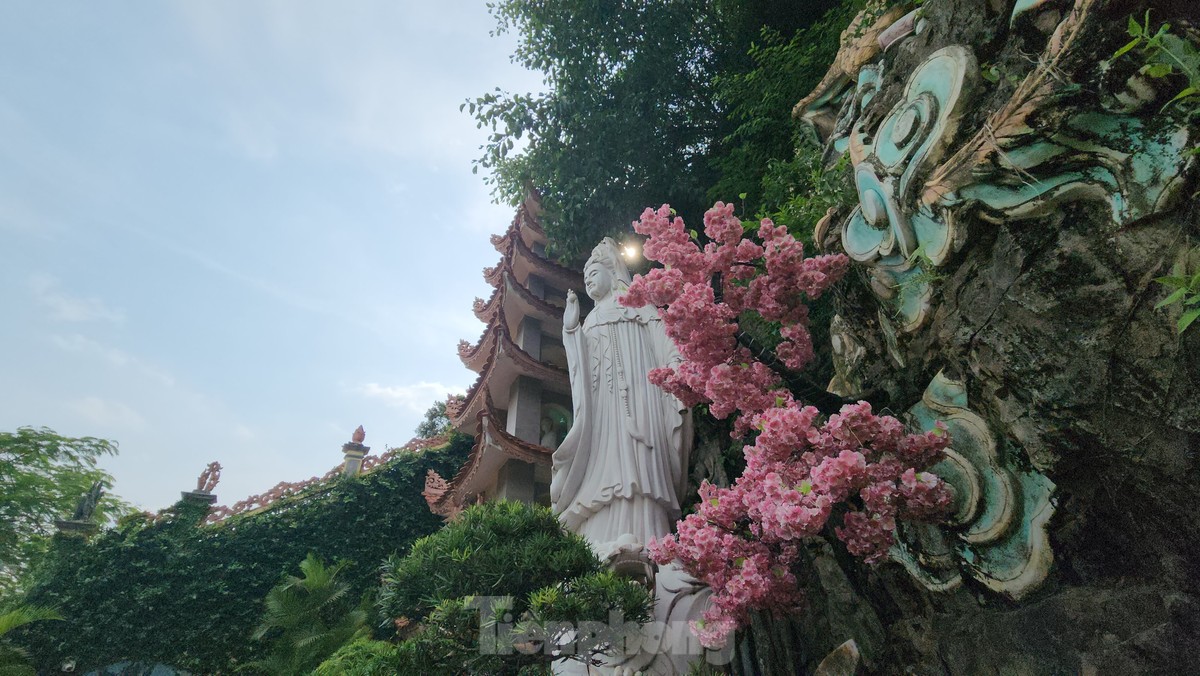
Outside Hang Do Son Pagoda is the scenery of mountains, clouds, the sea and the statue of Buddha. To the right is the ancestral church, followed by the tower. Although it has undergone many embellishments, the architecture of Do Son Hang Pagoda "Before Buddha, After God" has remained basically unchanged.
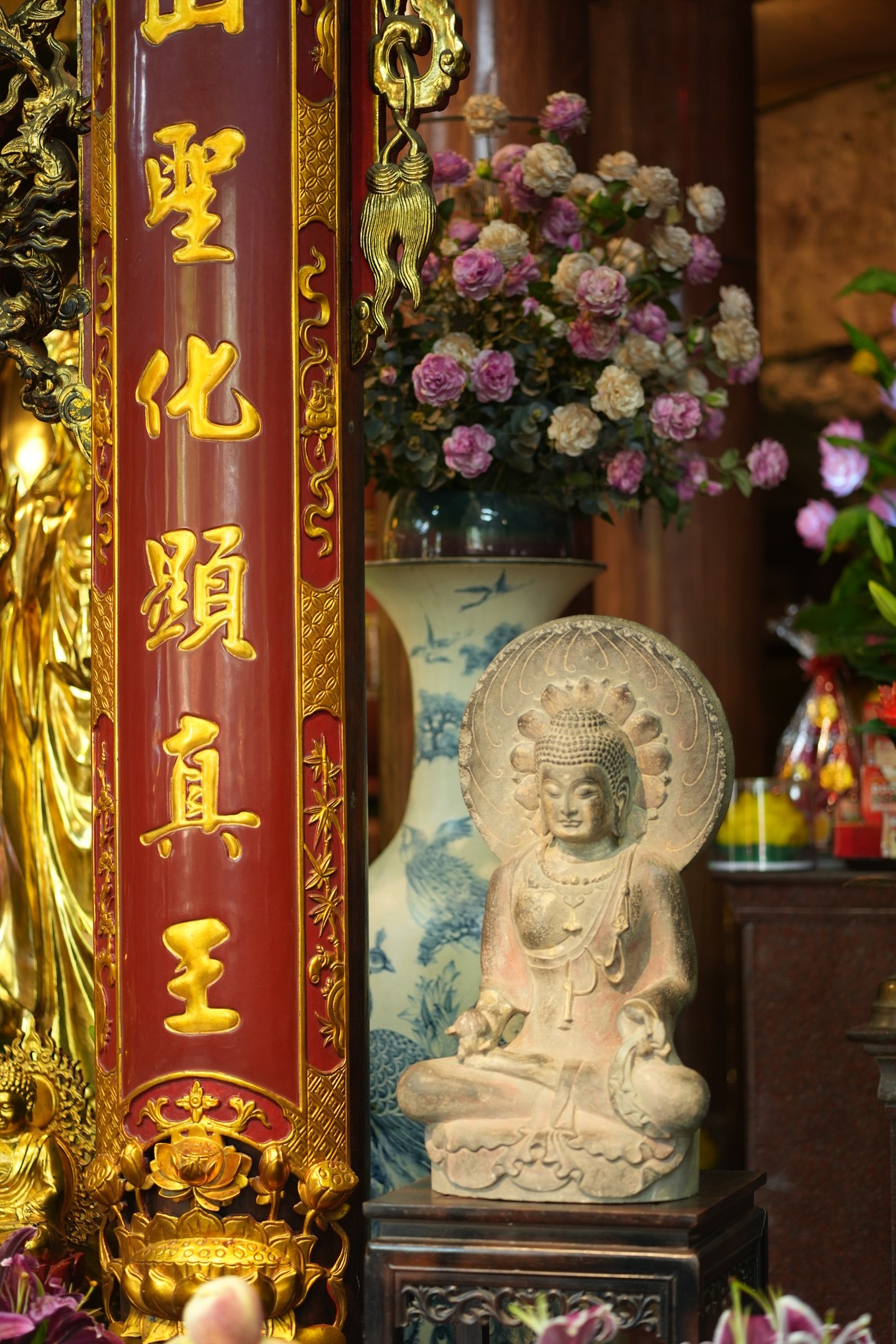
Experiencing many ups and downs along with the history of building and defending the country, Hang Pagoda is no longer perched on the beach, but has receded more than 100 meters from the old temple campus. Recognizing that Hang Pagoda is an important cultural heritage, the management board of the temple and the cultural management agency of the district and city pay attention to preserving and embellishing it regularly.
Hai Phong
740 view
Update day
: 25/07/2023
Gia Linh - Trọng Quân

 vn
vn en
en ja
ja ko
ko zh
zh



































